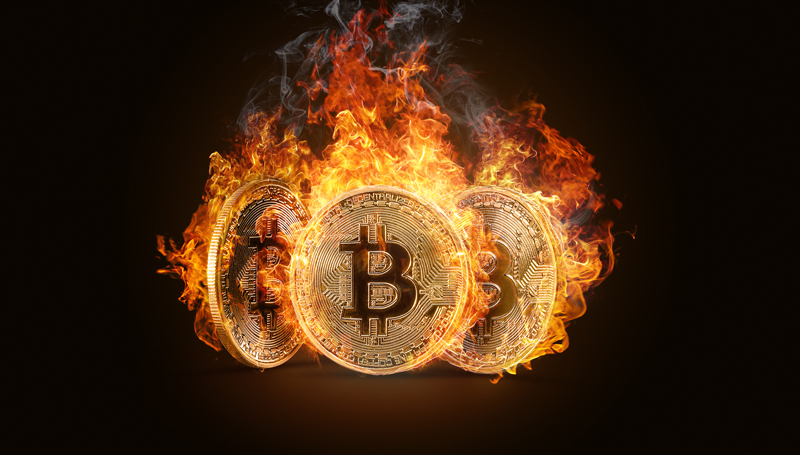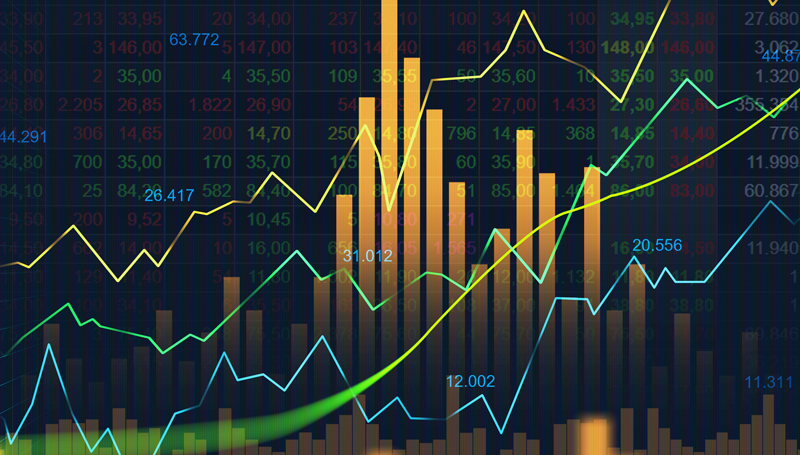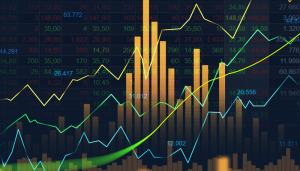

07.02.2022 – Gloomy clouds are gathering over Wall Street: Influential analysts warn of a true “endgame” that has now begun. According to them, the storm is brewing over the bond market. And it could also drag the stock market down with it in a true “doom loop”. Counter-indicator or realistic assessment? Make up your own mind.
Morgan Stanley: Here we go
Yesterday Andrew Sheets, chief cross-asset strategist at Morgan Stanley, spoke out. At first it looked as if the market had coped well with the new challenges – surprisingly high inflation, weak economic data, hawkish central banks.
But then came the warning: a lot of money would soon be withdrawn from the market. “From May 2022 to May 2023, Morgan Stanley economists expect G4 central bank balance sheets to shrink by US$2 trillion, four times the largest 12-month decline ever, from 2018-19.” Now, they say, it’s just getting started, as the stock market faces a double, historic shift in monetary policy: “reversing the lowest policy rates in history, and reversing the largest central bank bond purchases in history.” Ergo: “This is just the start of the game. A record amount of stimulus is about to be withdrawn from the global economy. It begins.”
“Credit anticipates, equities confirm”
Which brings us to the topic of bonds. The brilliant blog ZeroHedge pointed out an unhealthy development: one of the largest corporate bond index funds – the HY Corporate Bond Price ETF – has decoupled from the equity market and has been heading south for some time. This does not bode well. Because: “Credit anticipates, equities confirm” – the credit market anticipates things, equities confirm everything. This decoupling happened in the same way during the normalisation of monetary policy in the third quarter of 2014. And again in the fourth quarter of 2017.
Outflows from the bond market
Viktor Hjort, Global Head of Credit Strategy at BNP Paribas, also spoke out in the Financial Times with a similar warning. According to him, the cycle has turned and the economy will no longer support bond investors. “The market is a lot more nervous than it was at the start of the year. Another alarming signal: funds buying high-yield US bonds have been experiencing strong outflows for about a month, with about $11 billion withdrawn so far. The FT pointed out that Ion Analytic had called off a bond deal in January because nervousness and volatility were too high.
Doom loop and inflation dilemma
Some experts believe that if the bond market crashes, we could see a real “doom loop” – investors are likely to offset losses in bonds by cashing in on equities. Which would mean an intensified sell-off across the board. This would require the Federal Reserve to intervene, as in the Corona Crash of 2020 – but this will be difficult given high inflation. Our conclusion: We currently see more opportunities on the short side. On the one hand, because the important US indices are battered from a chart perspective and have not managed a convincing jump above the 200-day line. Secondly, because of the adjustment of US monetary policy. And then there are geopolitical risks such as an invasion of Ukraine or the annexation of Taiwan. Of course, the whole scenario could turn around immediately if the sabre-rattling continues and the Federal Reserve postpones tapering because of an impending recession. So keep an eye on the real-time news – Bernstein Bank wishes you successful trades and investments!
Important Notes on This Publication:
The content of this publication is for general information purposes only. In this context, it is neither an individual investment recommendation or advice nor an offer to purchase or sell securities or other financial products. The content in question and all the information contained therein do not in any way replace individual investor- or investment-oriented advice. No reliable forecast or indication for the future is possible with respect to any presentation or information on the present or past performance of the relevant underlying assets. All information and data presented in this publication are based on reliable sources. However, Bernstein Bank does not guarantee that the information and data contained in this publication is up-to-date, correct and complete. Securities traded on the financial markets are subject to price fluctuations. A contract for difference (CFD) is also a financial instrument with leverage effect. Against this backdrop, CFD trading involves a high risk up to the point of total loss and may not be suitable for all investors. Therefore, make sure that you have fully understood all the correlating risks. If necessary, ask for independent advice. CFDs are complex instruments and are associated with the high risk of losing money quickly because of the leverage effect. 68% of retail investor accounts lose money trading CFD with this provider. You should consider whether you understand how CFD work and whether you can afford to take the high risk of losing your money.


















